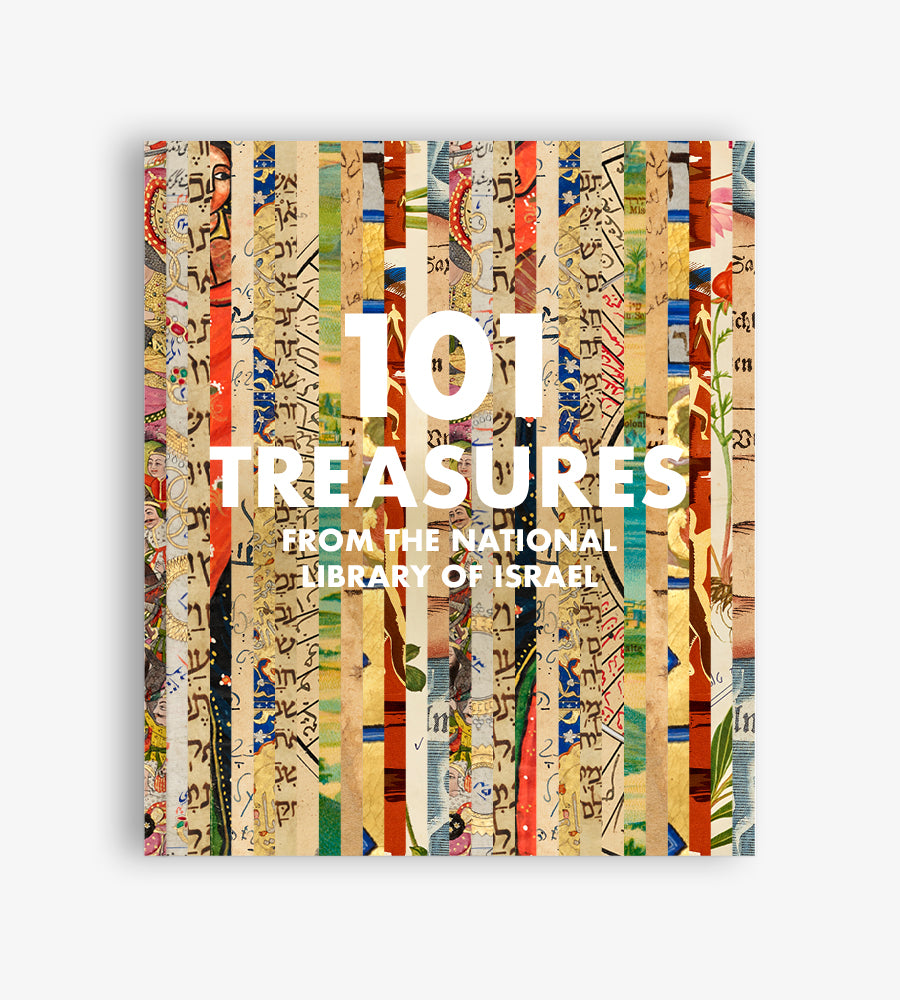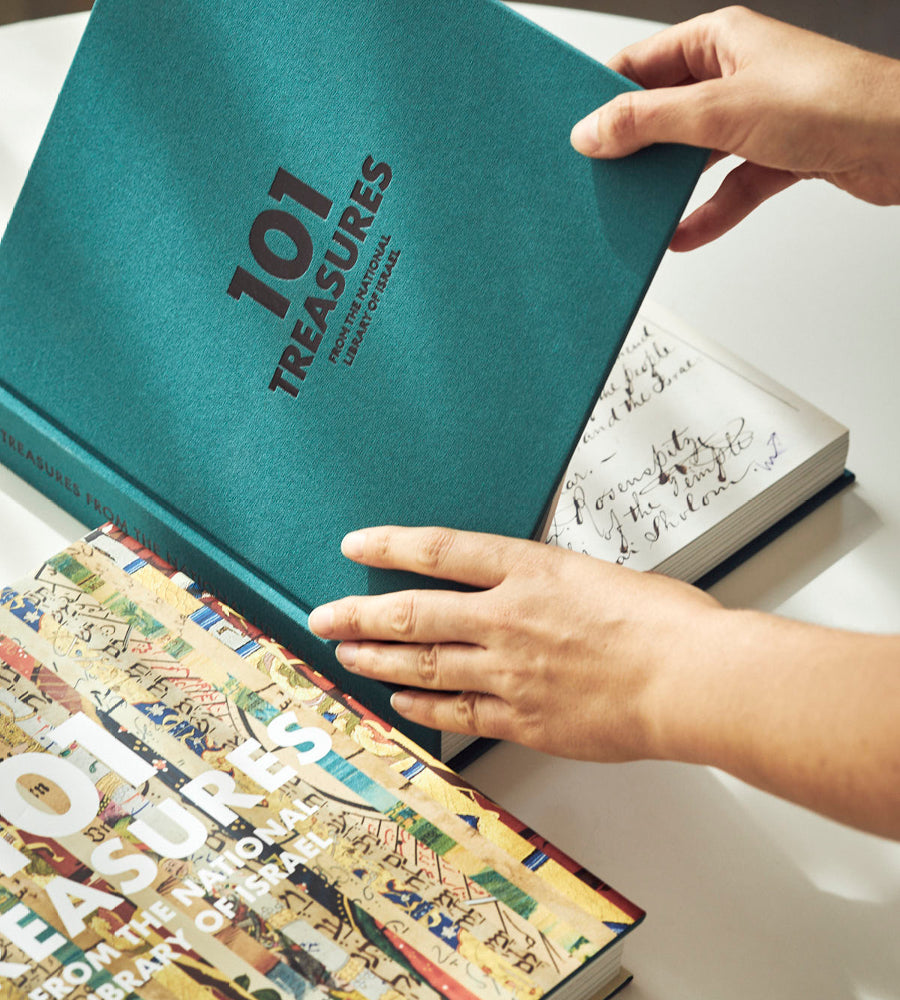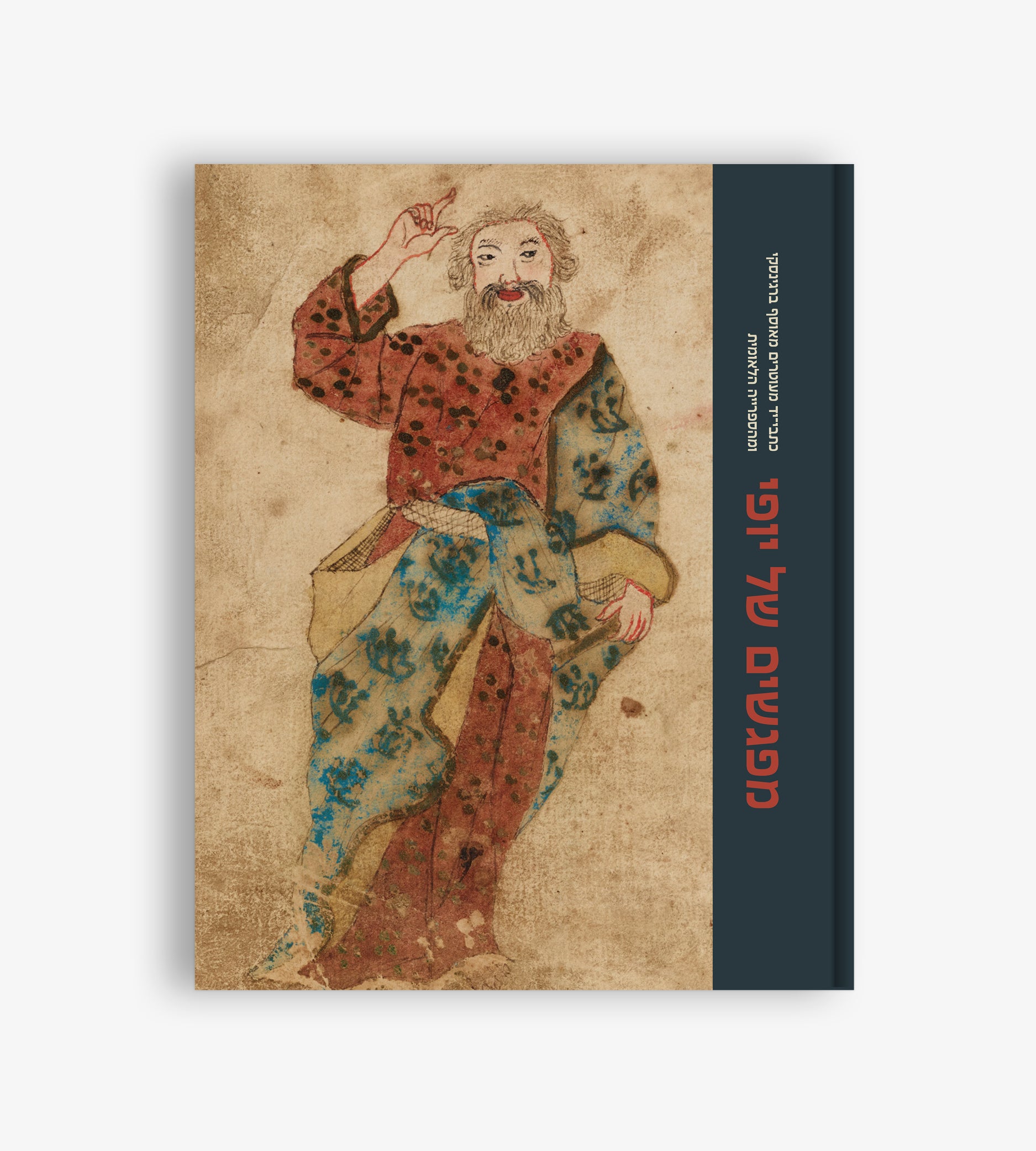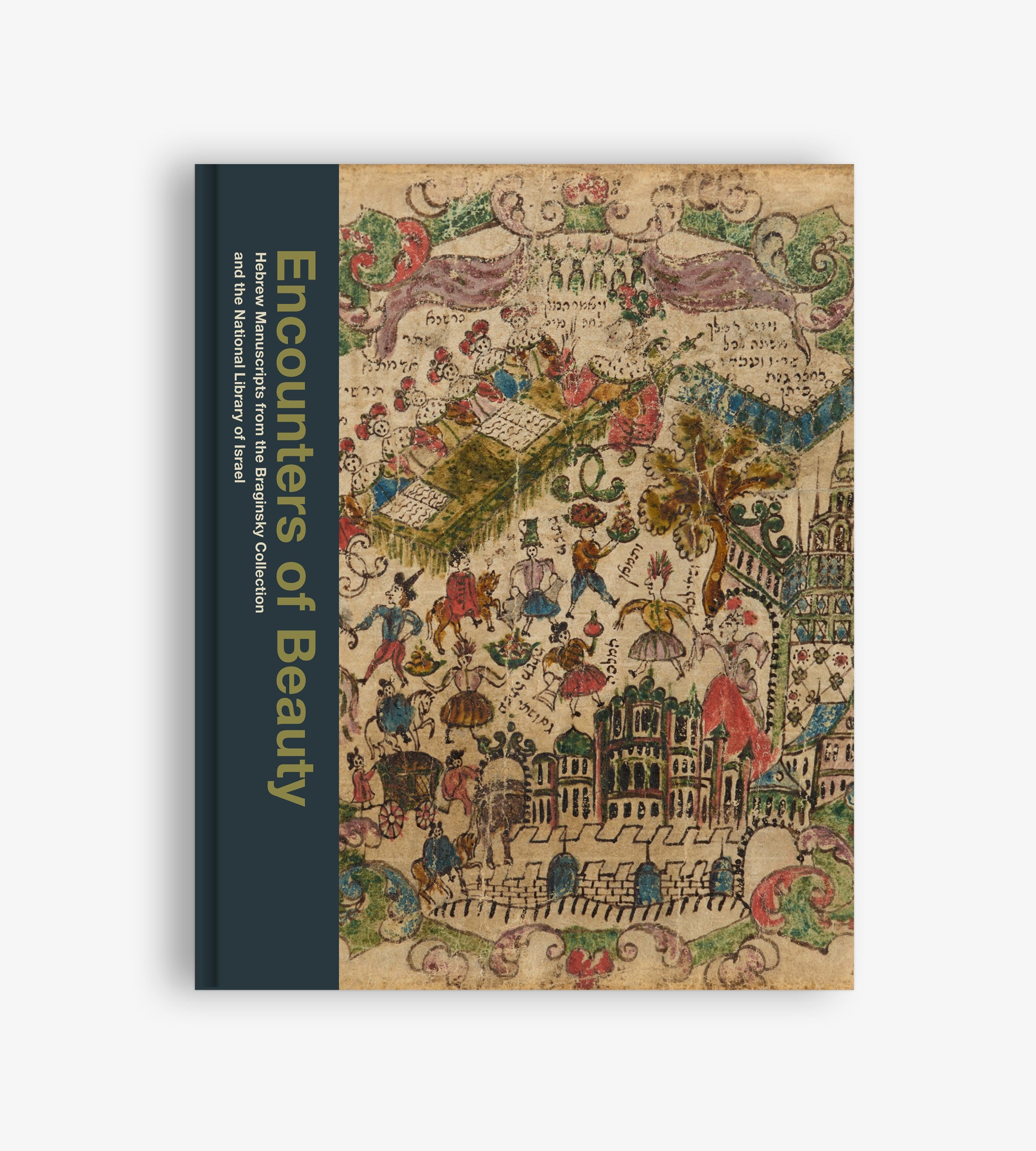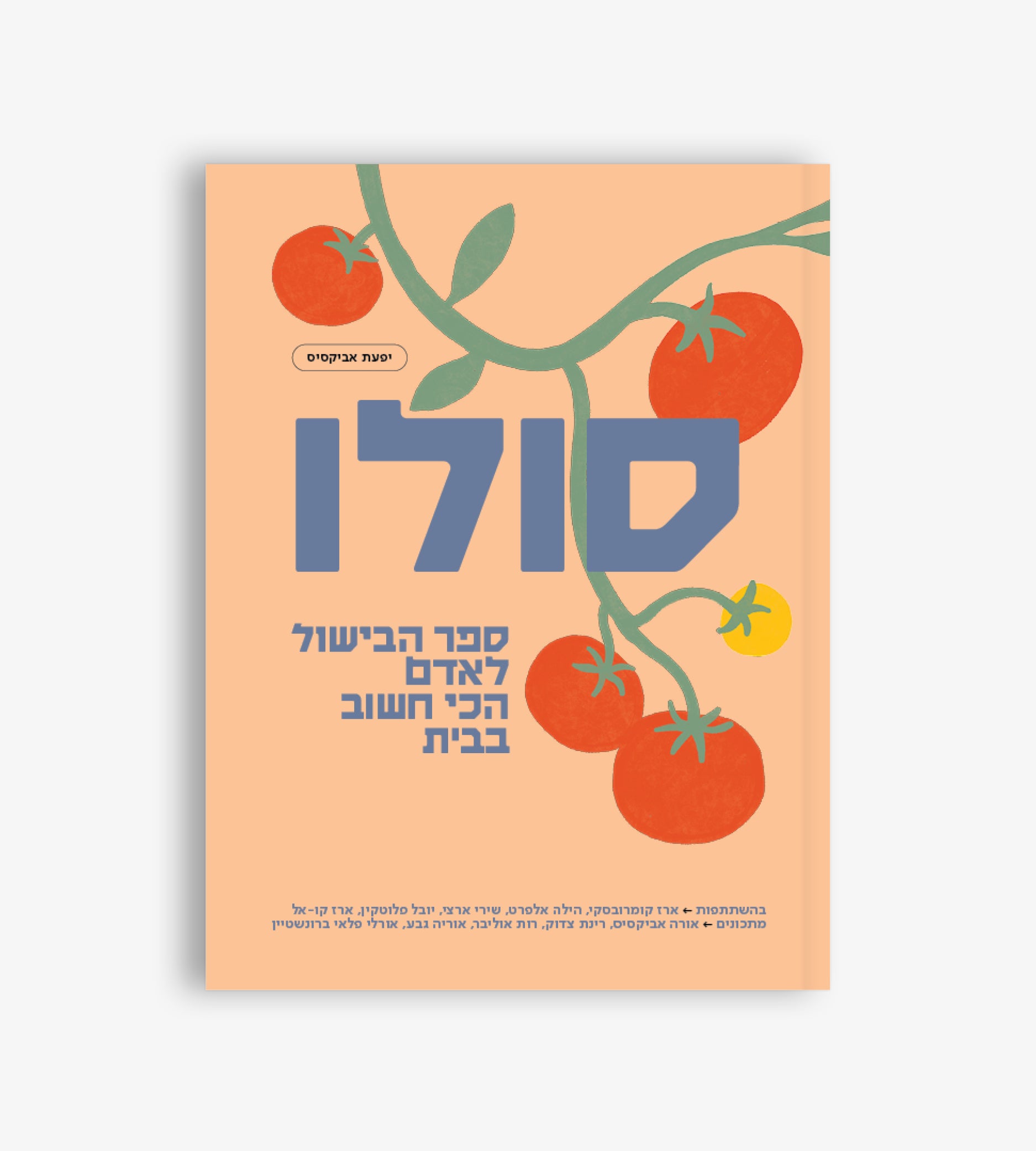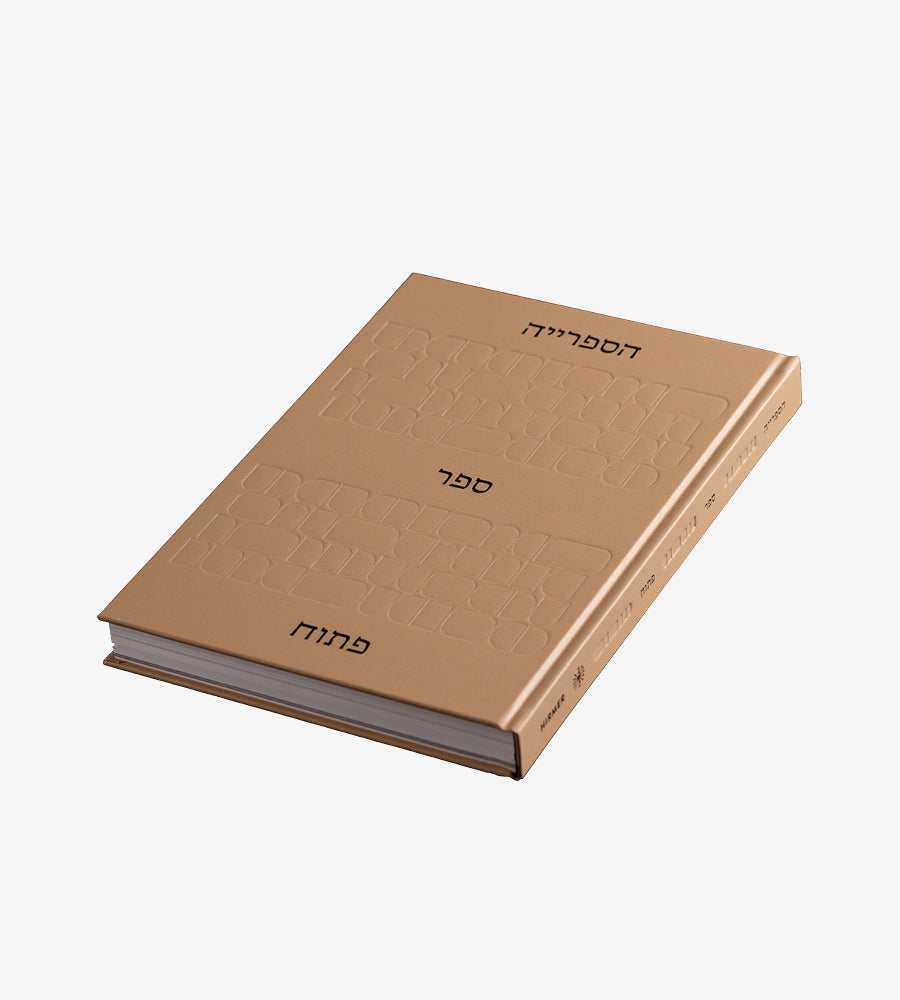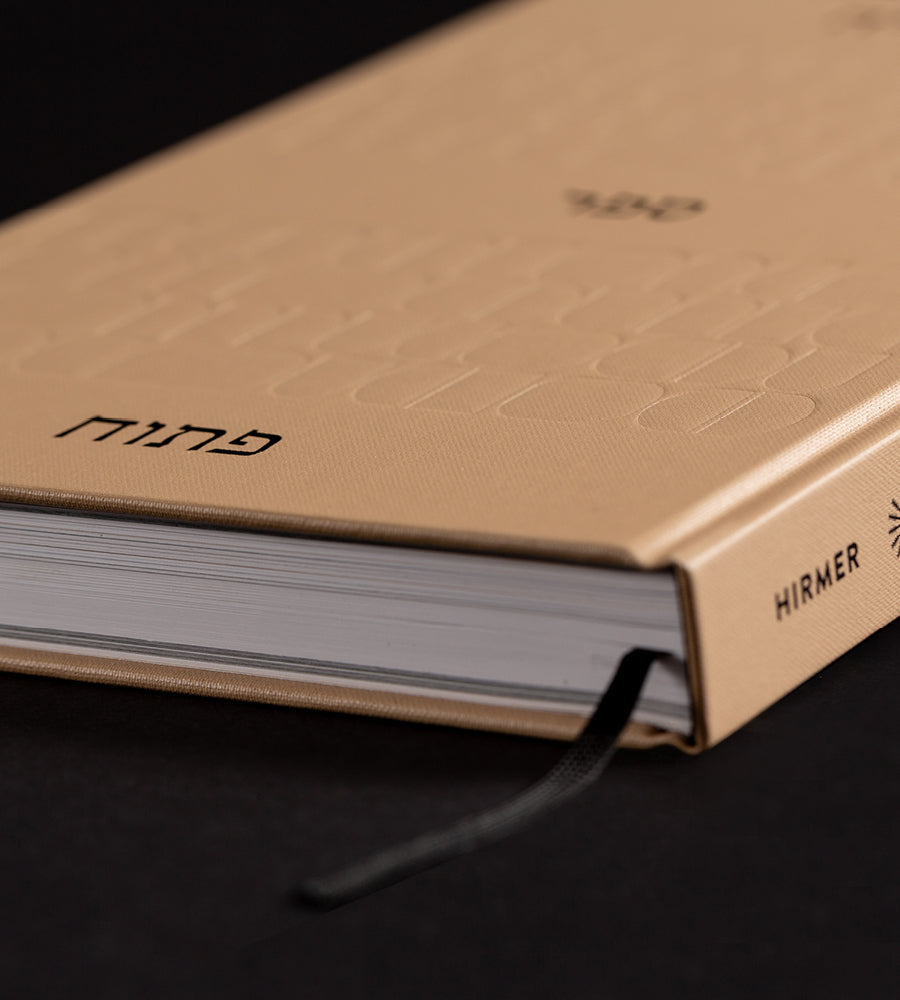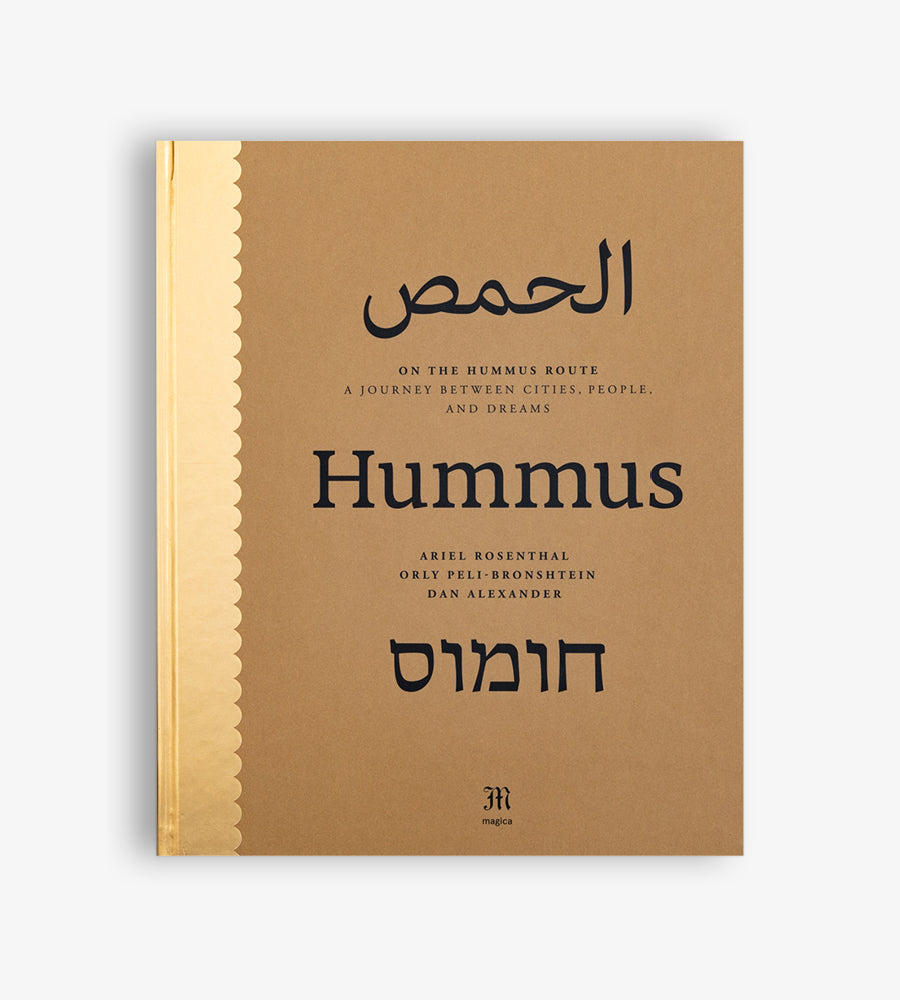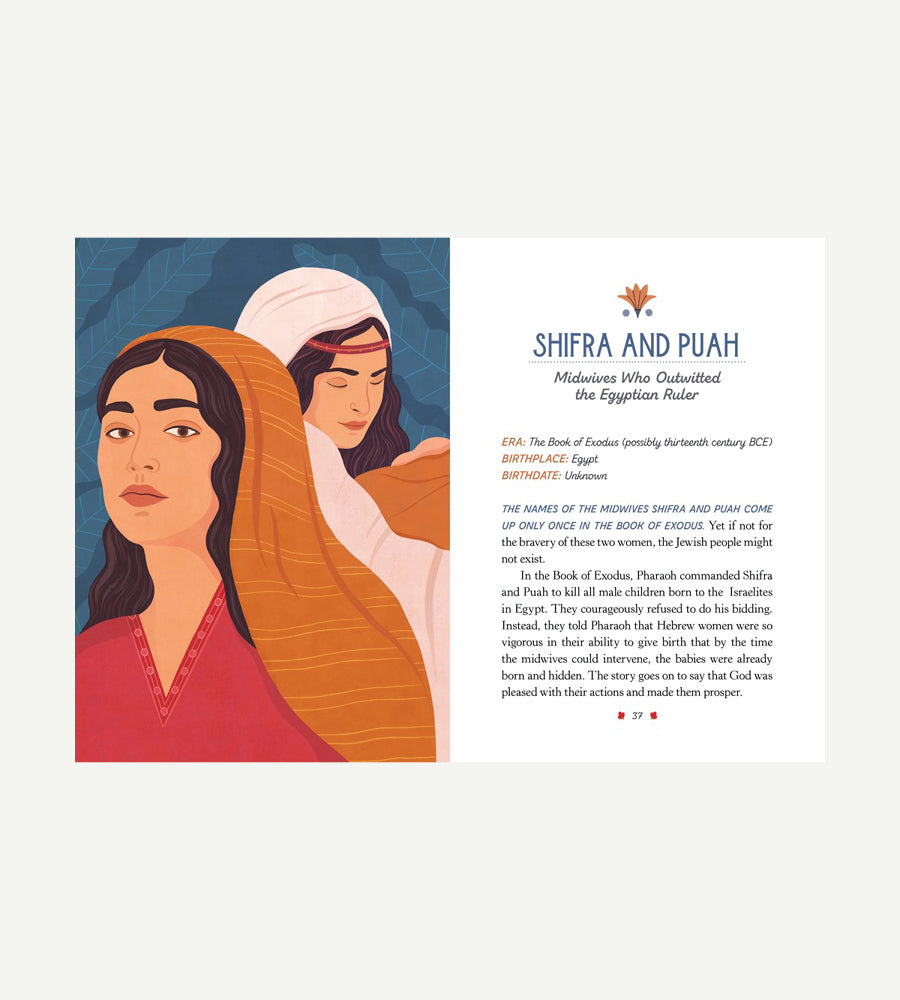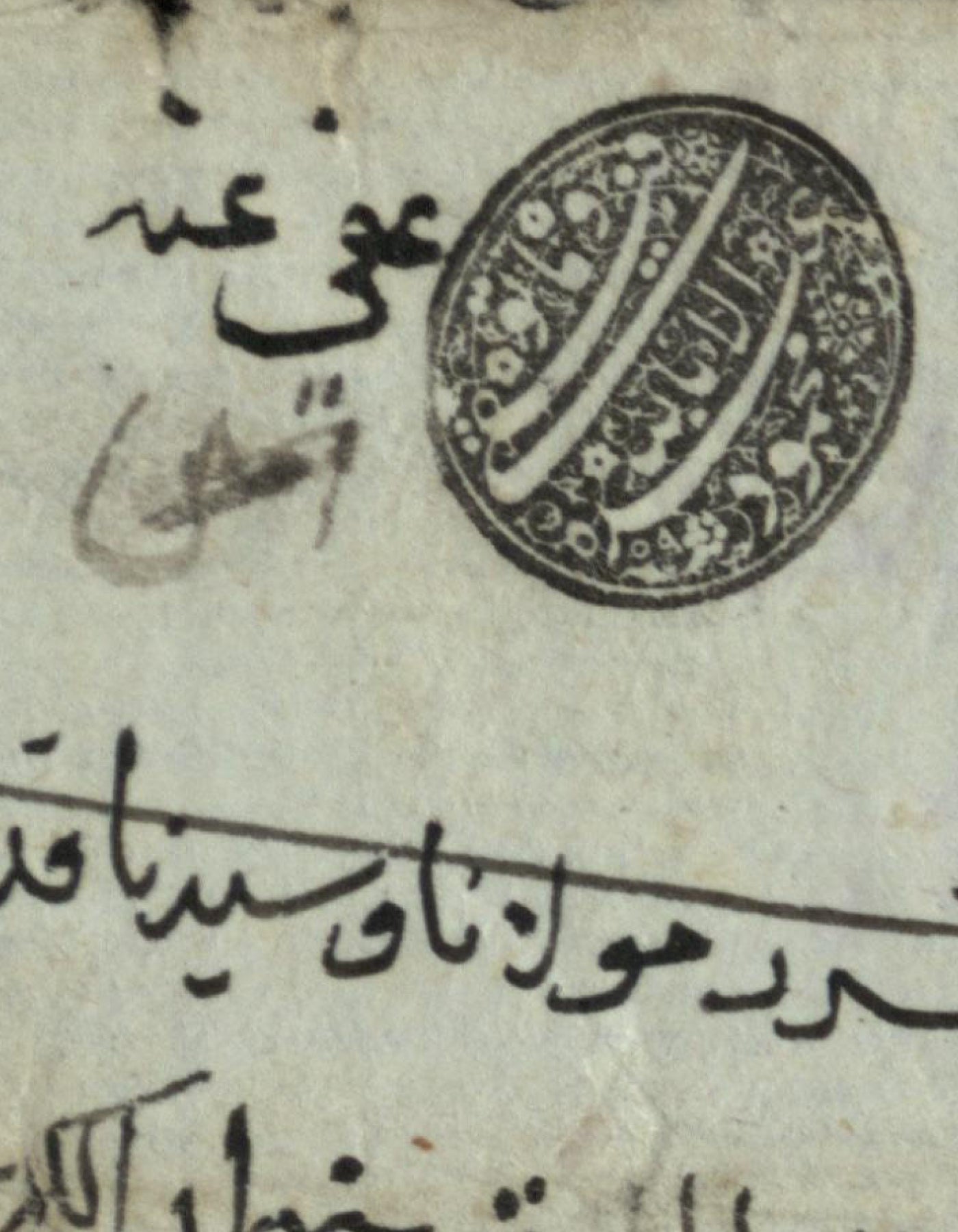
A Window onto Ottoman Jerusalem
Samuel Thrope

On February 6, 1626, Chief Judge of Jerusalem ‘Abdullah ibn Mahmoud al-Husayni, who had been appointed by the Ottoman sultan Murad IV, instituted a special religious endowment (waqf) to pay eight men to recite a poem he had composed in praise of the Prophet Muhammad every Wednesday and Saturday night at the Dome of the Rock. Other funds were designated for the poor who attended the Sufi gatherings of Shaykh Muhammad ‘Alami on the Mount of Olives.
The waqf was later recorded in the official court record, as indicated by the Arabic letter mim that appears at the bottom right of the original document. The complete poem was not recorded in either the original waqf or the later copy, and we only know its dramatic opening line: “My heart throbs on the ruins of the beloved.”
The record of this poetic endowment is one of the hundreds of legal documents issued in Istanbul and Jerusalem in the archival collection of the ‘Alami family. Dating from the sixteenth to the nineteenth centuries, this collection encompasses the history of one of Palestine’s leading Muslim families. The ‘Alamis trace their family tree back to Musa ibn Sulayman ibn al-´Alam, who was sent from Damascus to be the governor of Jerusalem and was buried in the city’s Sharaf Cemetery in 1402. Over the centuries, the ‘Alamis continued to play leading roles in public affairs, serving as Sufi sheikhs, scholars, judges, members of the Ottoman parliament, and leaders of the Palestinian national movement.
When it was discovered that the documents comprising the ‘Alami family archive were in urgent need of repair, the National Library offered to restore the collection in return for digital copies. The originals were subsequently restored and returned to their owners, and the digital archive was opened to researchers worldwide.
The ‘Alami Collection is more than just a window onto a single family. The documents show the day-in,-day-out function of the judicial system, which served and protected the interests of Muslims, Jews, and Christians. In many cases, these documents provide the only available source of information on particular cases or events as well as clear examples of the seals and signatures of judges, as can be seen here.


